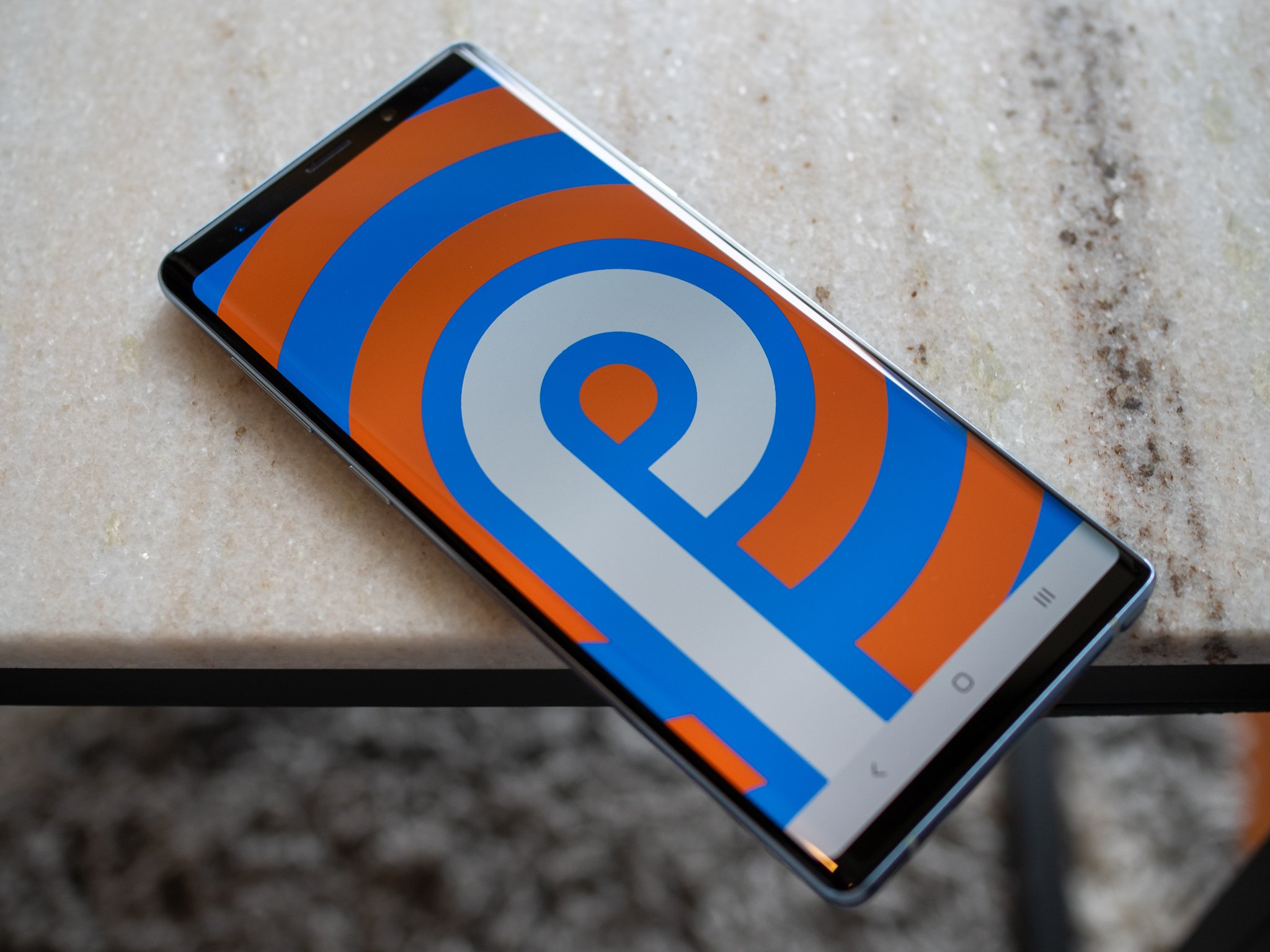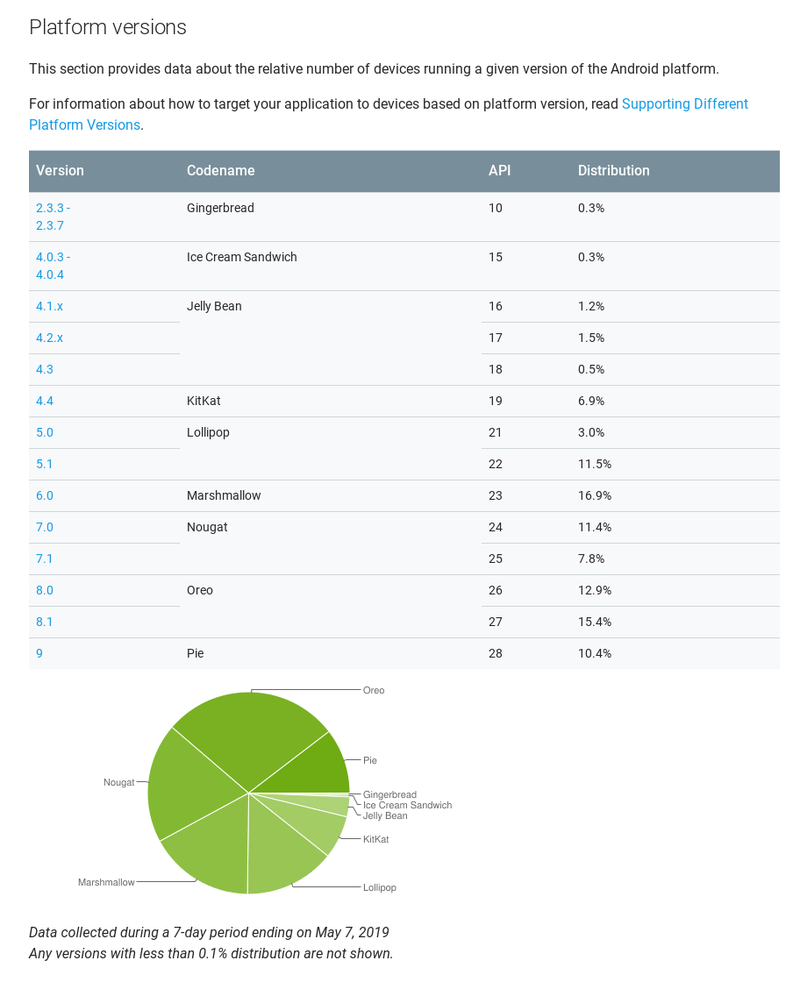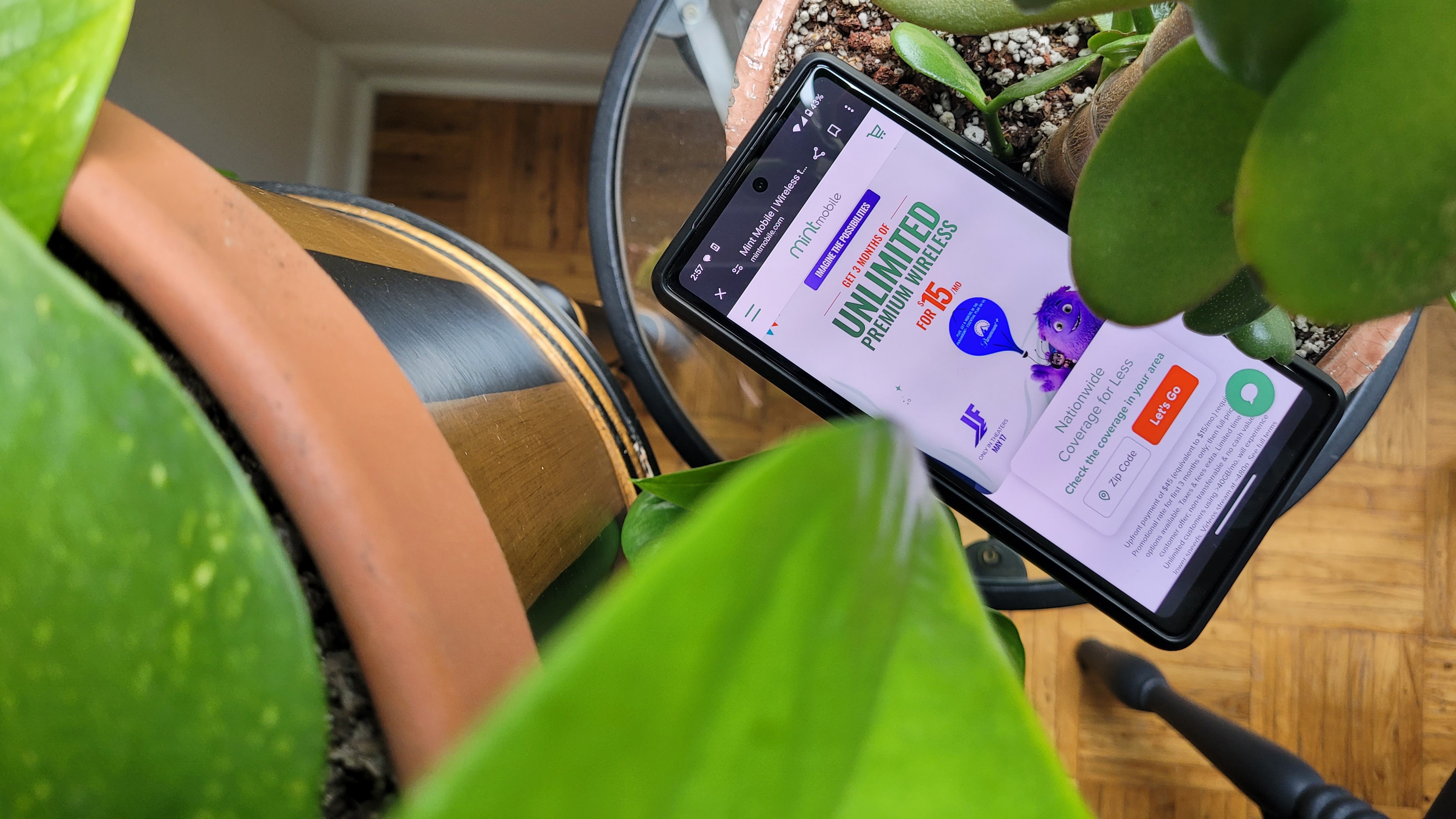Google is bringing back the Android Distribution Dashboard, says Pie is on 10% of devices

The Android Distribution Dashboard has been quiet since October of last year, but Google's announcing today that it's bringing it back — with a few caveats.
First, the good news: thanks to Treble, the enterprise that makes it easier and faster for manufacturers to update their phones, Android Pie is on 10.4% of Android devices in the same time it took Oreo to reach just 4%. While 10% of users may not seem like a lot nine months after release, it's among the fastest such a feat has been reached since the company started tracking version numbers.
Google told me that it wants to make sure that it's telling the whole story of Android versions, which is why it stopped updating the dashboard — merely showing percentages and a pie chart wasn't doing justice to what the company believes is a much more fruitful and less fragmented narrative than it's ever been. That's because it's doing a lot more, from backporting libraries to including major features within security patches to pushing WebView updates through the Play Store, to ensure phones aren't left waylaid even if they're stuck on older Android versions. Soon, some security patches will be issued through the Play Store, too.

While the dashboard has been updated to include the latest numbers, along with the beleaguered pie chart, Google intends to provide that additional context in future iterations — largely so that it's not fodder for Tim Cook during iPhone keynotes. When first envisioned, the dashboard's goal was to provide best practices to developers looking to keep their apps supporting various versions of Android — only 3% on an older one? Probably time to deprecate those APIs and support newer versions.
But the press, Android Central included, looked forward to those monthly releases to provide context for how the industry is moving forward. Is Android still a fragmented mess, or are things slowly getting better? That's what the dashboard helped answer. By the time Google stopped updating the dashboard late last year, two months after Pie had become official and been released to Pixel phones, it wasn't even on the chart yet, and the previous version, Oreo, was only at 21.5%. That wasn't a good look, and Google wanted to take control of the story.
So Google promises better and more comprehensive data — soon. But with Google pressuring developers to target Android 9 Pie with new apps by August, and app updates by November, the fragmentation won't much matter; Google's forcing their hand.
Until then, enjoy the numbers.
Get the latest news from Android Central, your trusted companion in the world of Android
All the top announcements from Google I/O 2019!
Daniel Bader was a former Android Central Editor-in-Chief and Executive Editor for iMore and Windows Central.

